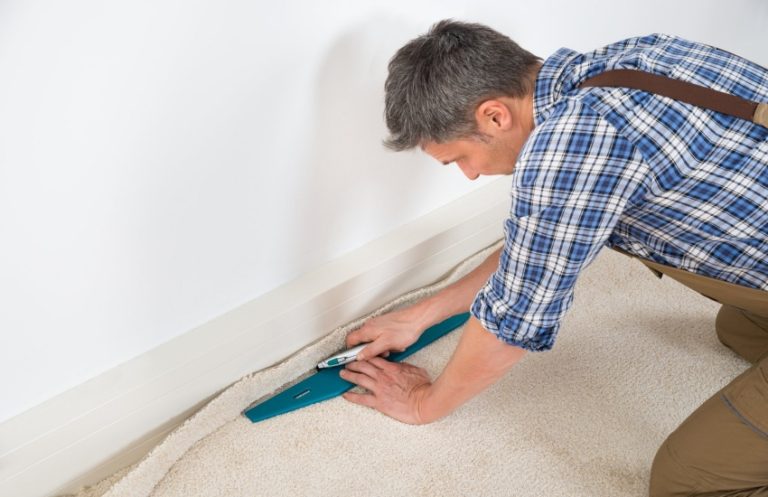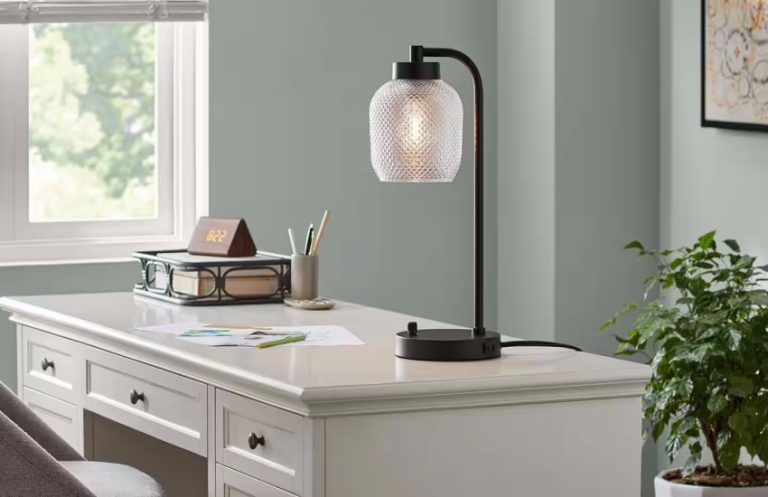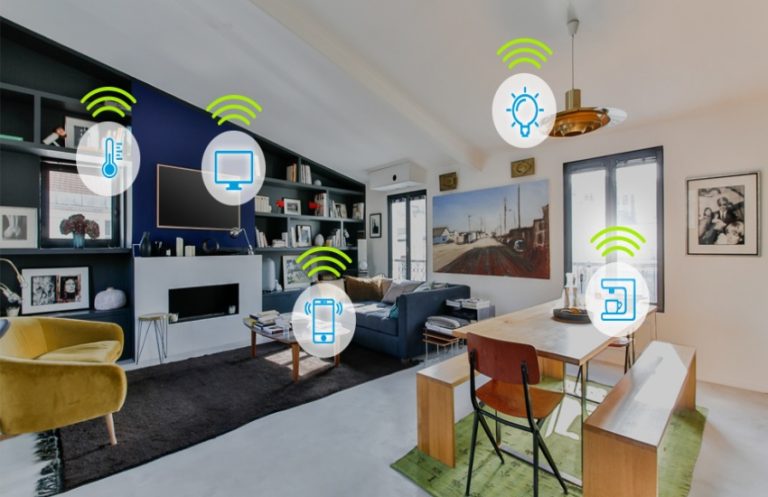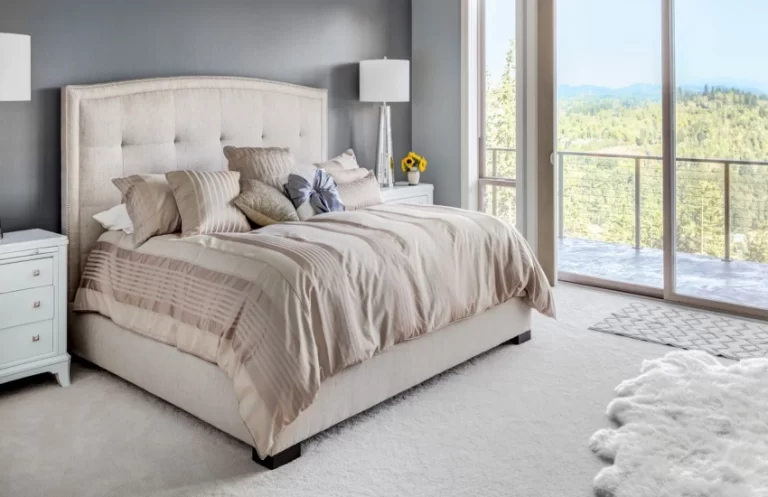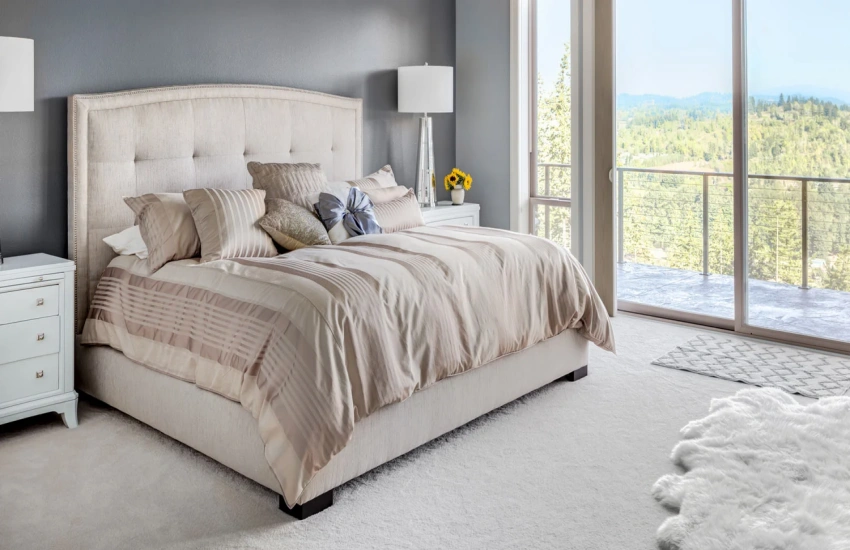
Various materials are used for carpet padding, with foam and rubber being the most common choices. Foam padding is lightweight and offers excellent cushioning, making it a popular option for residential spaces. It comes in various densities, which can affect its durability and support. Higher density foam provides better resilience and can extend the life of your carpet, while lower density options may be more affordable but can wear out more quickly.
Rubber padding, on the other hand, is known for its durability and sound absorption qualities. This type of padding is often used in high-traffic areas or commercial settings where resilience is essential. Rubber padding can also provide better moisture resistance, making it suitable for spaces prone to spills or humidity. While it may be more expensive than foam options, the long-term benefits of rubber padding can outweigh the initial investment.
Thickness is another important factor to consider when choosing carpet padding. The thickness of the padding can influence the feel of the carpet underfoot and its overall performance. Standard thickness ranges from half an inch to one inch. Thicker padding can enhance comfort and create a plush feel, while thinner padding may be more appropriate for areas where door clearance is a concern. It is essential to strike a balance between comfort and practicality based on the specific needs of each room.
Installation methods can also vary depending on the type of padding chosen. Some padding options come with adhesive backing, making installation straightforward and eliminating the need for additional adhesives. Other types may require staples or tacks for secure placement. Proper installation is crucial for ensuring that the padding performs well and does not shift or bunch over time.
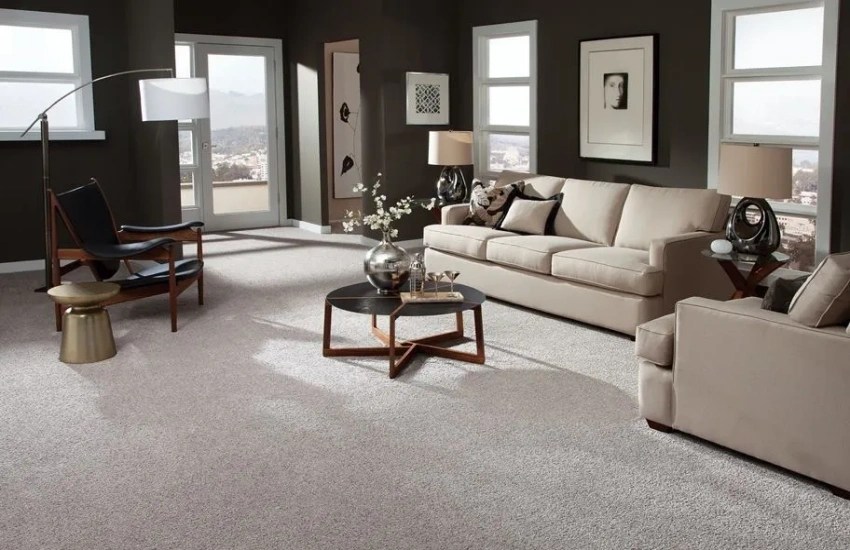
Choosing the right carpet padding can also contribute to energy efficiency in your home. Quality padding can provide insulation, helping to regulate temperature and reduce heating and cooling costs. This added layer of insulation can make a noticeable difference in comfort levels, especially in colder climates. Investing in quality padding can enhance the overall performance of your flooring while also contributing to energy savings.
When selecting carpet padding, it is important to consider the specific needs of each room. For example, a living room may benefit from plush foam padding for added comfort, while a hallway or entryway may require more durable rubber padding to withstand heavy foot traffic. Understanding the unique requirements of each space can help homeowners make choices that enhance both comfort and functionality.
Budget considerations are also essential when choosing carpet padding. While it may be tempting to opt for the cheapest option, investing in higher-quality padding can lead to better long-term results. Quality padding can extend the life of your carpet, reduce maintenance costs, and improve overall satisfaction with your flooring choice. Evaluating the cost versus the benefits can help homeowners make decisions that align with their financial goals while still achieving a comfortable living environment.
Understanding the various aspects of carpet padding can significantly enhance your overall flooring experience. By carefully selecting the right materials, thickness, and installation methods, homeowners can create a comfortable, durable, and aesthetically pleasing space that meets their needs. Thoughtful consideration of carpet padding can lead to a more enjoyable living environment that stands the test of time.
